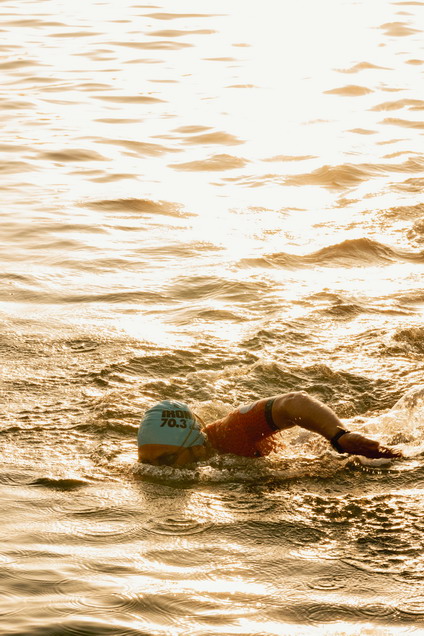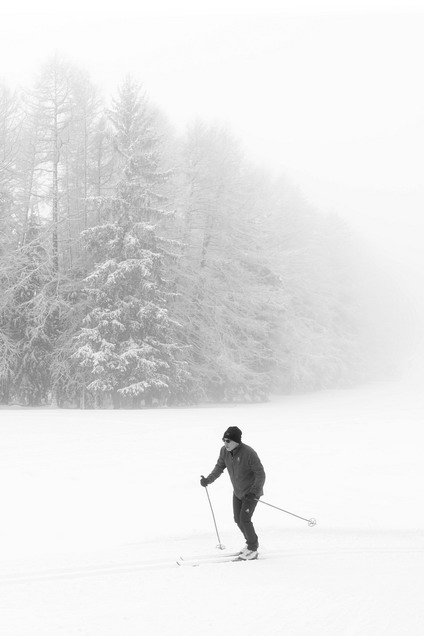035. Running

Human body is made for running.
Scientists think that our bodies are constructed specifically for the purpose of running. Today we have cars, trains, airplanes and other means of transportation, but it wasn’t always like that. In ancient times, humans has to use legs to move over long distances, but moving quickly was probably a matter of life and death. Think about running away from wild beasts, escaping floods and fire, hunting prey, fighting enemies, chasing women… ok, last one was a silly joke.
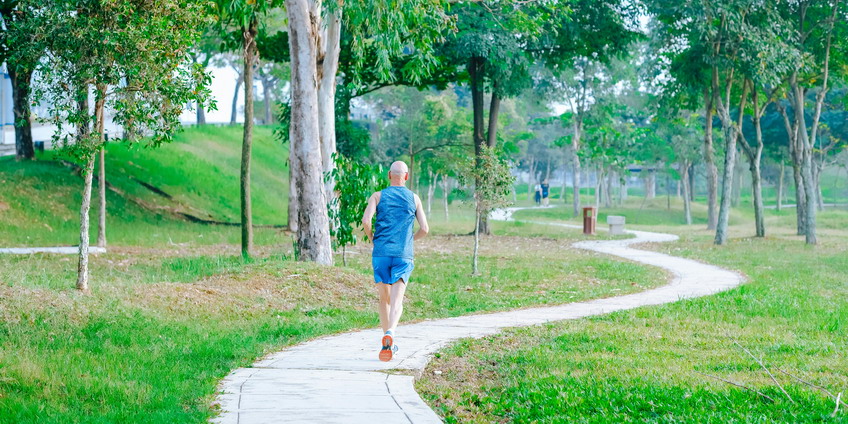
Jogging
This is the most relaxed form of running, but very efficient one as well. Pace should be slow enough, so you could have enough breath for conversation with jogging partner or partners. This also means that you will move relatively quickly and be relatively fugal with energy consumption.
Jogging is very popular in urban areas, but running between pedestrians and cars on crowded streets could be dangerous and unhealthy. Risk of being run over by a car and breathing polluted air are sufficient reasons to choose safer environments. If you live in a town, choose parks, river banks or athletic tracks rather then street sidewalks. Jogging in place at home is always an option, although a boring one.
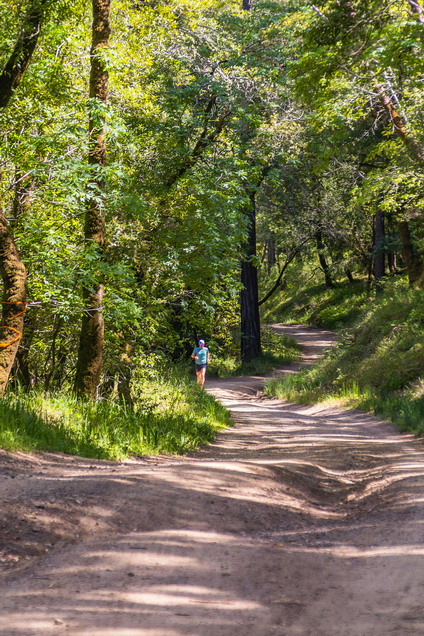
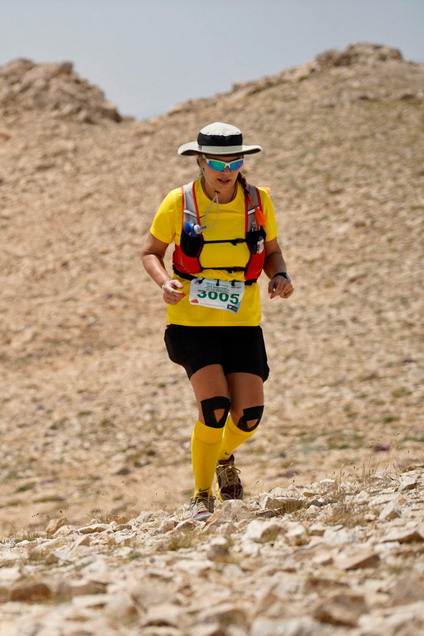
Cross-Country Running
Whenever possible, go to the countryside for a healthy and enjoyable cross-country adventure. Seeing beautiful scenery and listening to the birds singing, while running on curvy country roads and forest trails, certainly will be an unforgettable experience. There is no dangerous traffic in Nature, no air pollution either and running on soft dirt will be more gentle on your knees and connective tissues then running on concrete or asphalt.

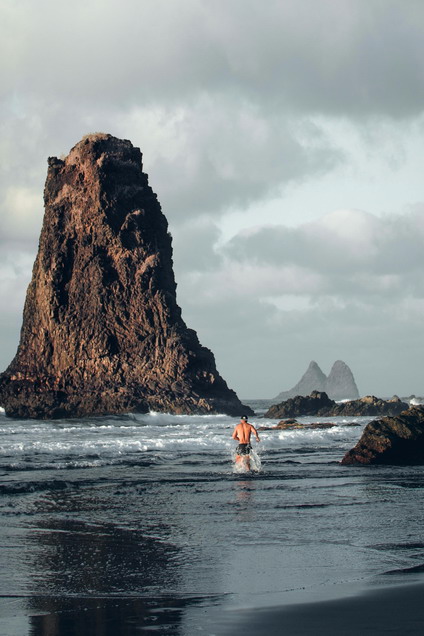
Running on Sandy Beaches and in Shallow Waters
Running barefoot is immensely good for your feet. The safest place to run barefoot is on sandy or pebbly beaches. Equally beneficial, but more physically demanding variant is running in shallow waters. If the beach or seabed are not safe for barefoot running, put on some minimalist footwear, like water shoes or aqua shoes. These shoes have very thin and elastic soles that will allow engagement of small feet muscles, but will protect you from sharp rocks, broken glass, thorns, etc.
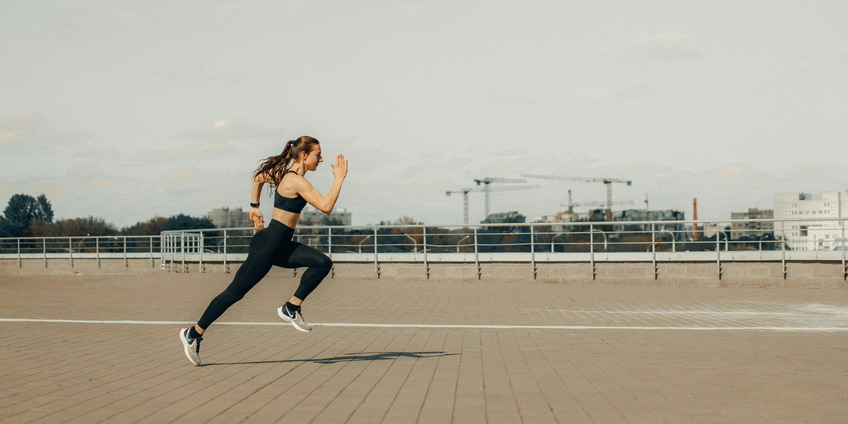
Sprint
The fastest possible running style performed over short distances is called sprint. It is literally one and only activity for development of pure speed. Don’t think too much about complicated techniques and proper limb geometry, because you probably won’t be a professional sprinter. Anyhow, professional or not, everyone must be able to run fast. Therefore, simply run as fast as you can and the way it feels natural to you. Practice it at least twice a month, with several maximal effort sprints in each session, separated with complete rests. Choose sprinting distance between 50 and 100 meters or yards. Never use additional weight when sprinting. It will slow you down, which is counterproductive and directly against the purpose of sprint. Remember, regular sprinting will build a speed dominant power.
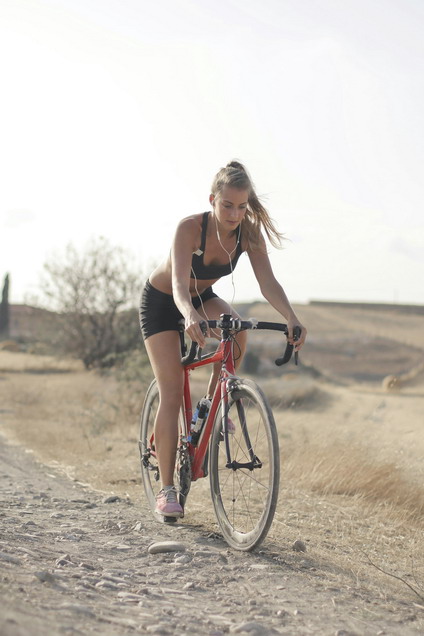
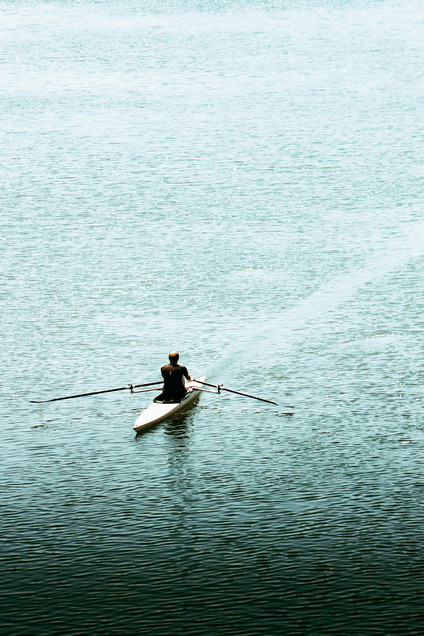
Alternatives to Running
Running can not be substituted with anything. You have to run occasionally and there should be no excuse. However, if you are recovering from a running injury or want to try something different for variety, there are several excellent activities you can experiment with. They are all equally good for aerobic conditioning, enlargement of energy depots and power development:
- Cycling
- Rowing
- Swimming
- Cross-Country Skiing
When you are short with time or the weather is bad, simply run in place. It is an excellent alternative to real running and doesn’t require any space or equipment. Running in place at home is perfect for testing new running shoes or hiking boots. It is also a nice opportunity to use ankle weights to strengthen leg flexors.
